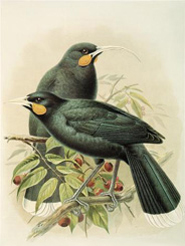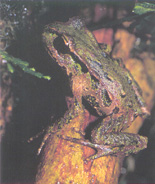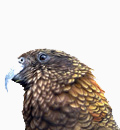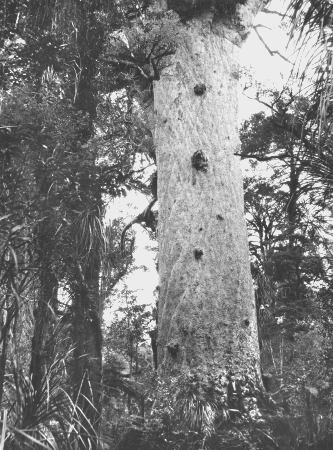|
|

|
In the three years since it was named a new species, the orange-fronted parakeet
(Cyanoramphus malberbi) population has plummeted 75 percent from 500 birds to
100 to 200. It has raced to the top of New Zealand's endangered species list, and
is now in the company of kakapo, black robin and takahe.
It was once widely distributed throughout a region that represents the greater New
Zealand continental landmass of 135 million years ago, that spread from New Caledonia to
the subantarctic islands, and from the Lord Howe Rise to the Chatham Rise.
Red-crowned parakeet were once widespread throughout the mainland and offshore islands
of New Zealand, including the subtropical Kermadec Islands, Chatham Island, and the
subantarctic Auckland Islands and Antipodes Island. It was also in the Australian
territory of Macquarie and Lord Howe Islands where it is extinct, and Norfolk Island;
and in New Caledonia.
|
In the early 1900s, settlers took buff weka from their
original habitat to the Chatham
Islands, where they now thrive so well they have to be controlled. |
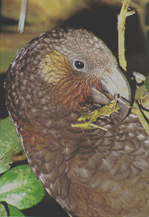
|
|
Weka have been an ecological management dilemma because of their predatory conflict
with other native animals. Some weka have been a problem within the constrained
boundaries of offshore islands, as they eat the eggs and chicks of other threatened
birds. Normally the weka has been removed to eliminate the conflict.
The Department of Conservation killed 400 buff weka in the Chatham Islands in 2003,
to protect the critically endangered taiko which is one of the world's rarest seabirds,
and the Chatham Islands oystercatcher.
Weka were traditionally an easily obtained food source for Maori and early 19th century
European settlers. The decline of weka on the mainland has prevented Maori from
continuing 'mahinga kai' harvesting, but some iwi are today expressing the need for
conservation to allow the tradition to return. The Chatham Islands is the only
place where weka are presently hunted legally.
DoC reports that little is known about the density of the various populations.
According to DoC, the causes of decline, and the density and stability of populations
are complexly linked to the ecosystems of each locality. There are large
fluctuations in populations, possibly due to changes in food supply and adverse weather.
|
|
|
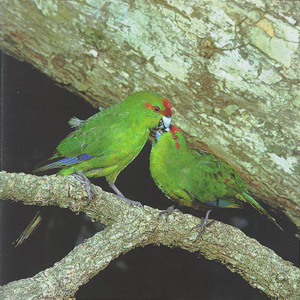
The smartest, most mischievous bird ...
Like the kiwi, wekas are good swimmers even though they do not have
webbed feet. It is seen drying off after a cool dip in a Fiordland stream.
The decline of weka remains a mystery as they are an adaptable, aggressive,
inquisitive and resourceful bird. They are known to be a bit of a nuisance
in rural vegetable gardens, where their favorite meal includes tomatoes and hens
eggs. Weka will also eat food scraps, rodents, and lizards. In their
indigenous habitat fallen fruit, invertebrates, snails and the eggs and chicks of
ground nesting birds are part of their diet.
|
|
 |
International Threatened & Endangered Listing
2000 IUCN Red List of Threatened Species
Weka Gallirallus australis Vulnerable |
Photo Credit
Left, second from top: Kakapo
Left, fourth from top: Tusked weta
Crown Copyright, Department of Conservation
Top right: Weka, Virtual New Zealand
Illustration Credit
Left, third from top: John Gerrard Keulemans 1842-1912, Huia (male
and female) Heteralocha acutirostris 1888.
Permission of the Alexander Turnbull Library, National Library of New Zealand,
Te Puna Matauranga o Aotearoa must be obtained before any re-use of this image.
|
|












